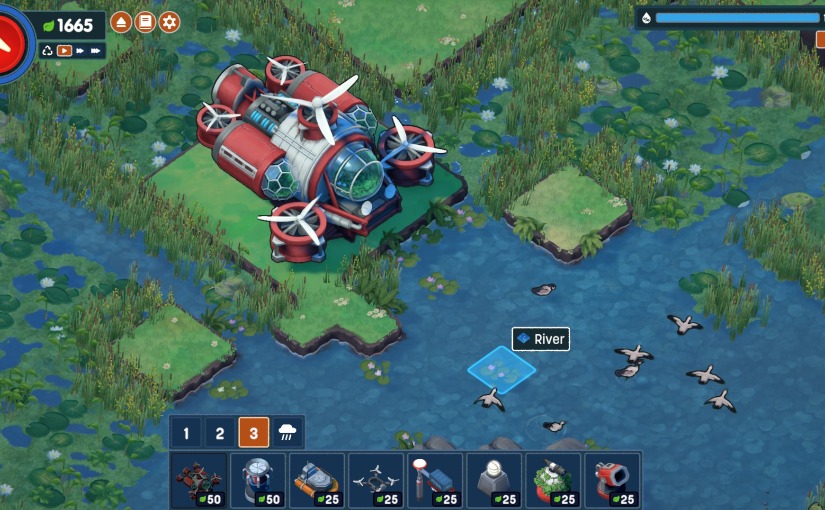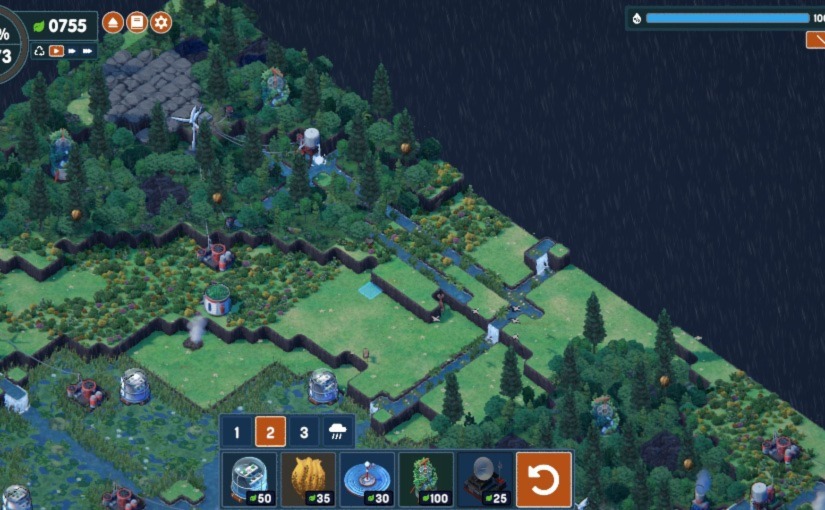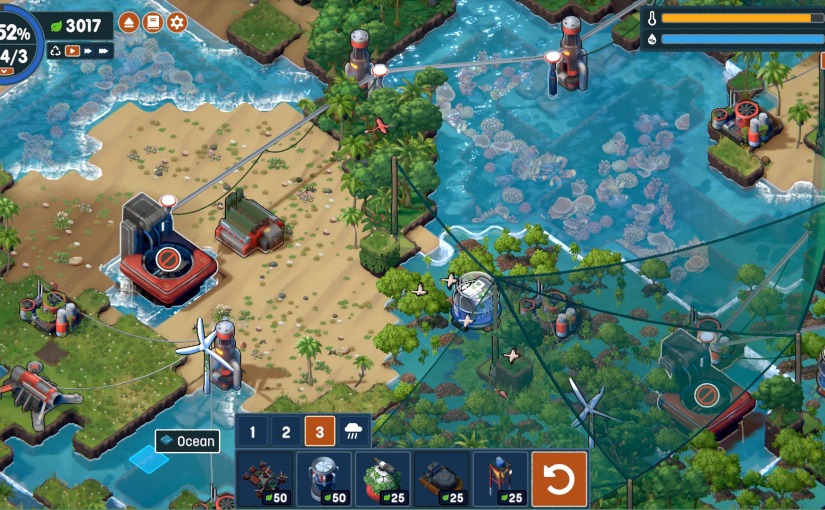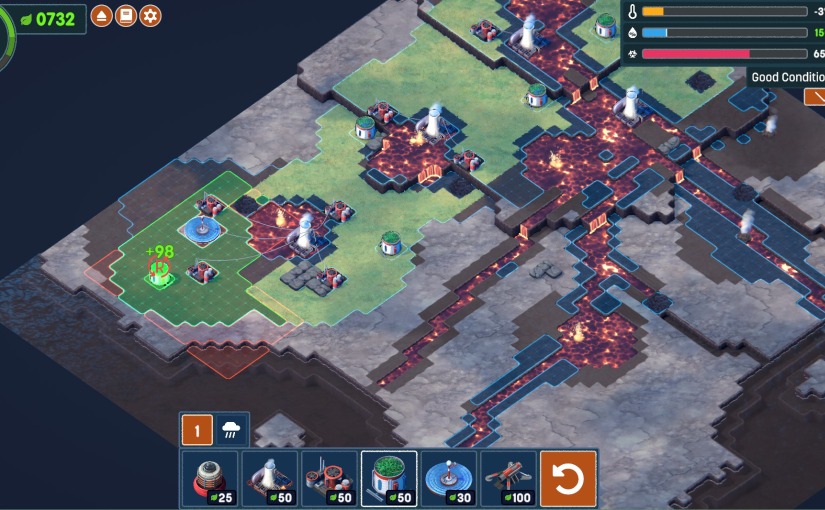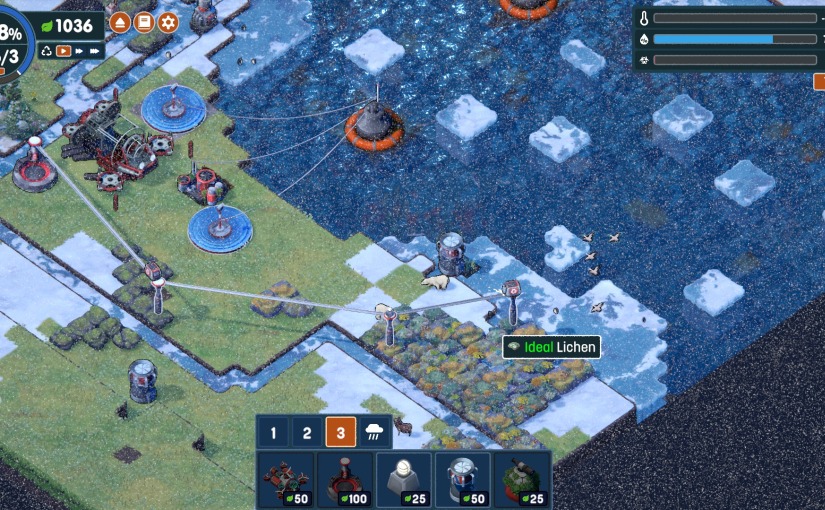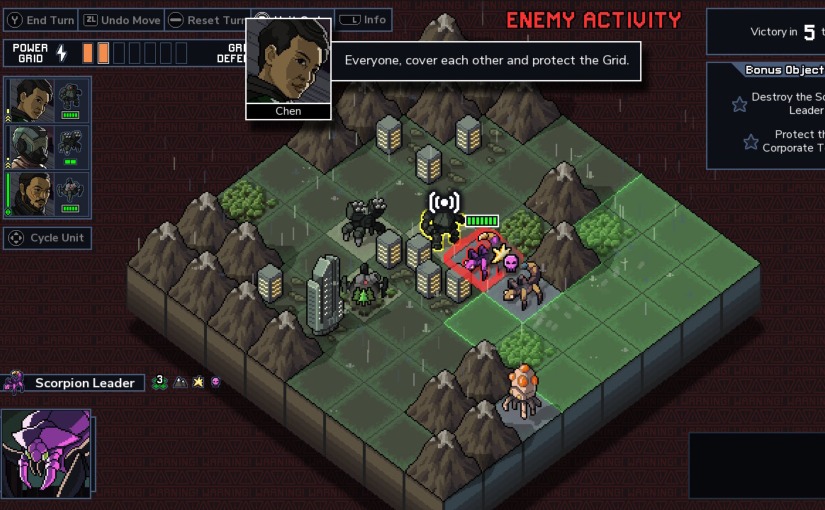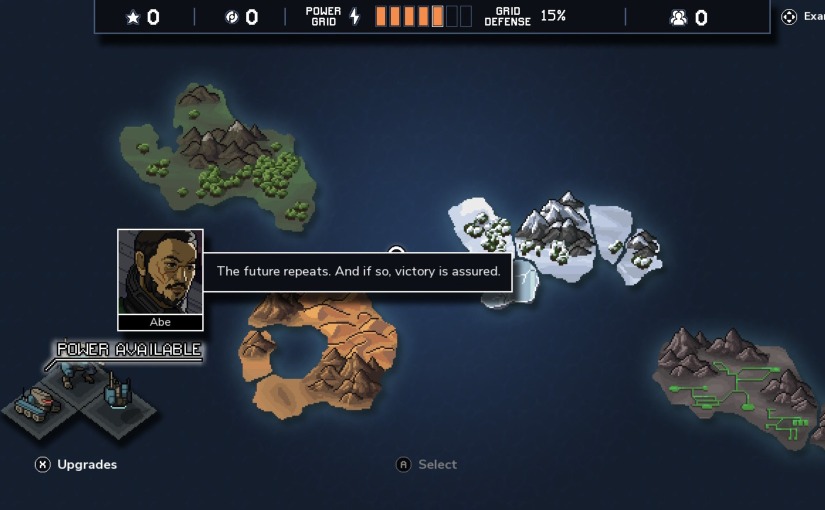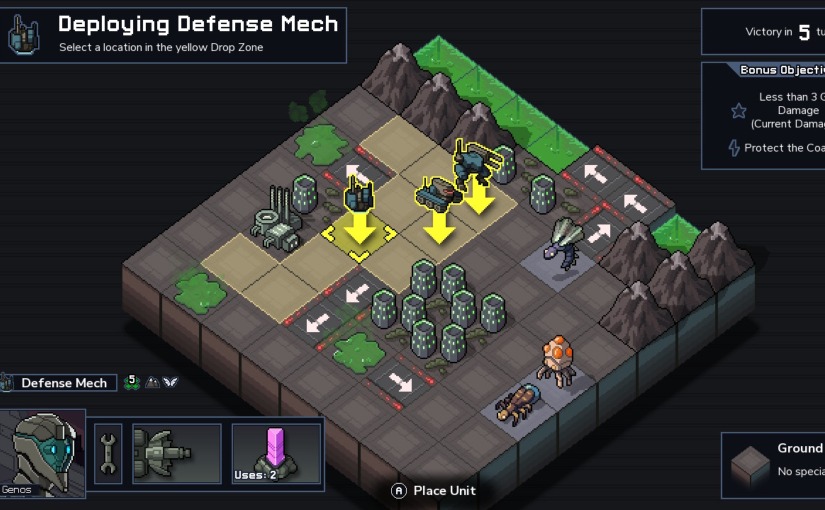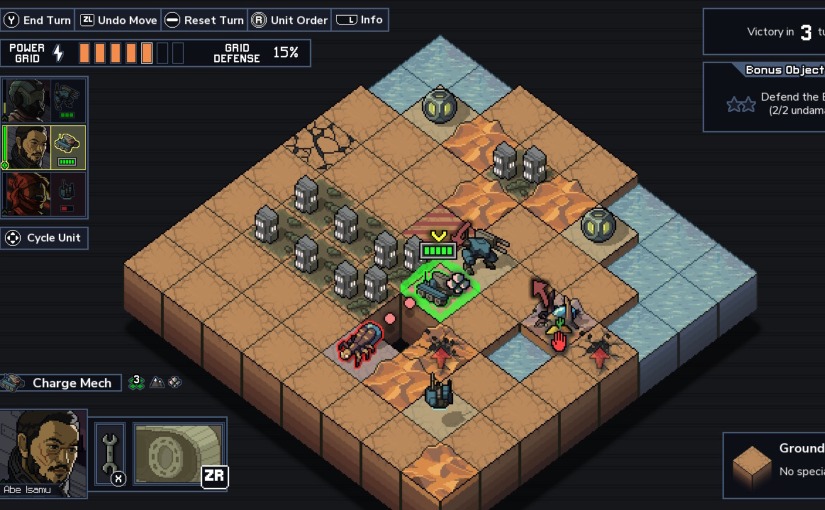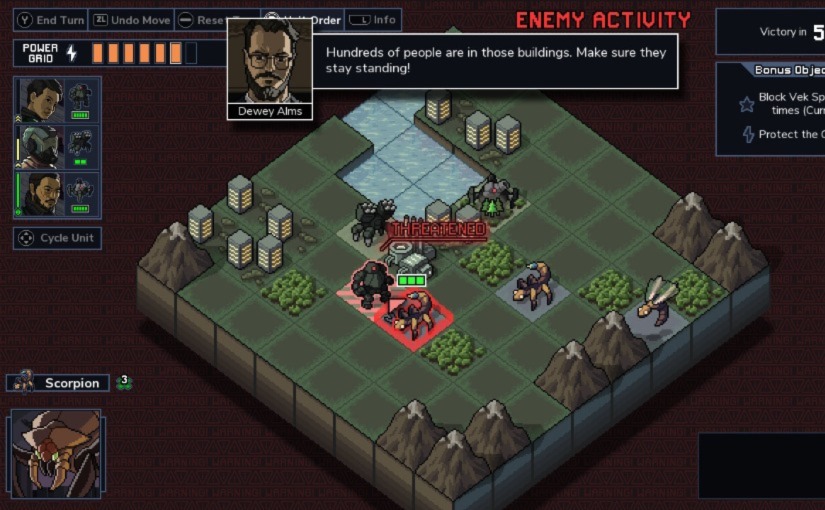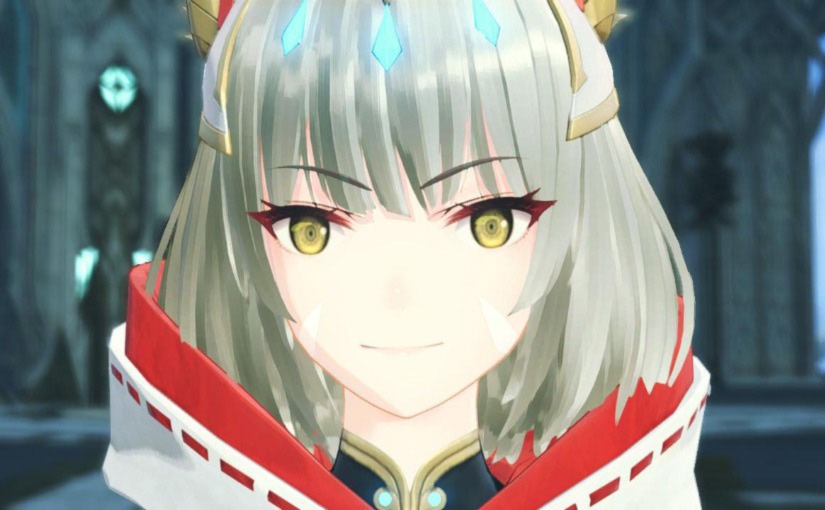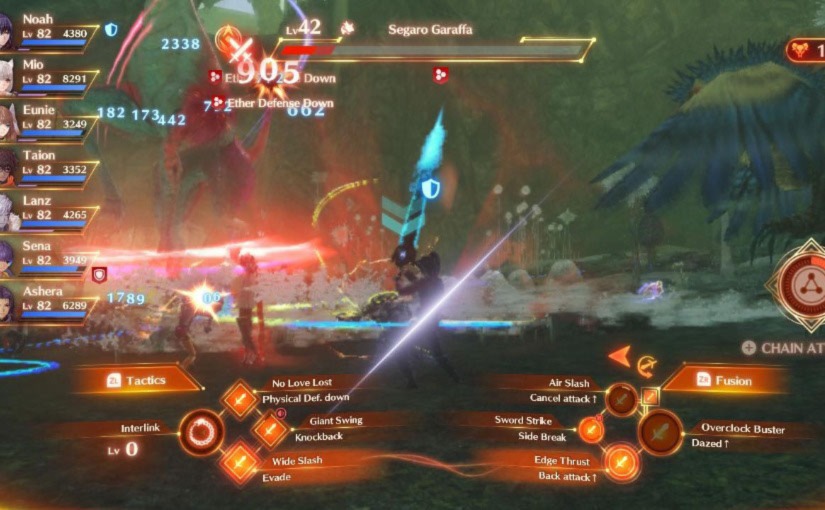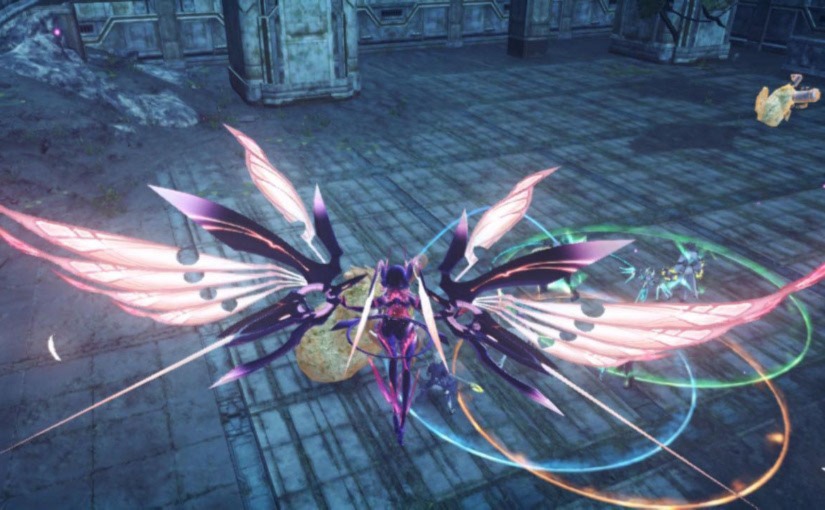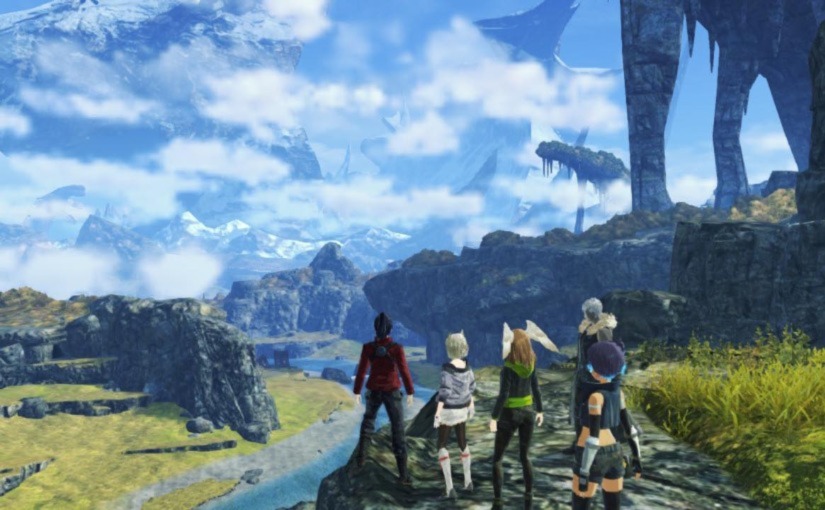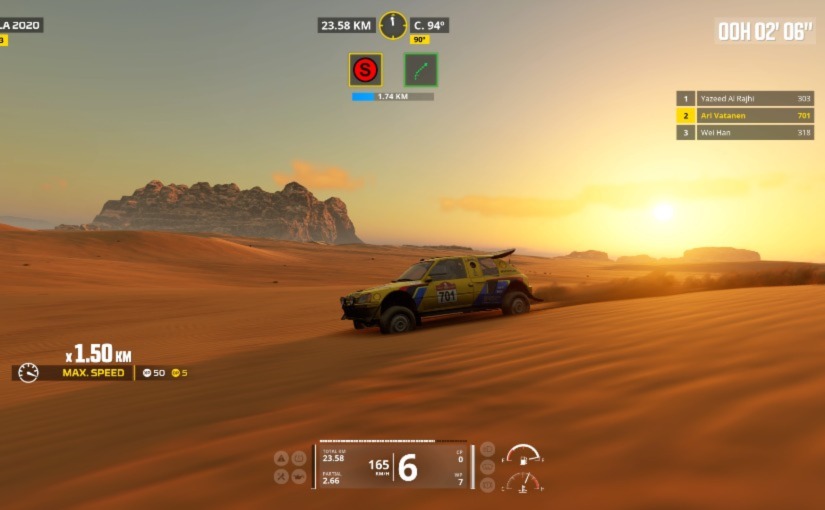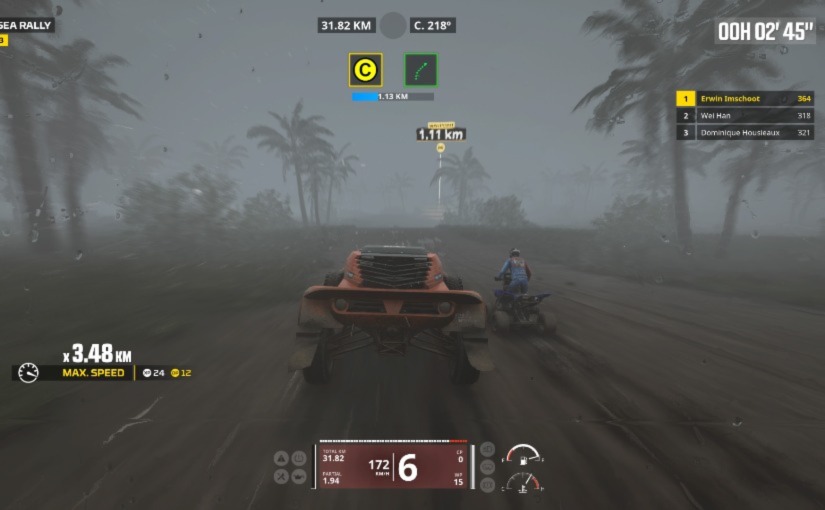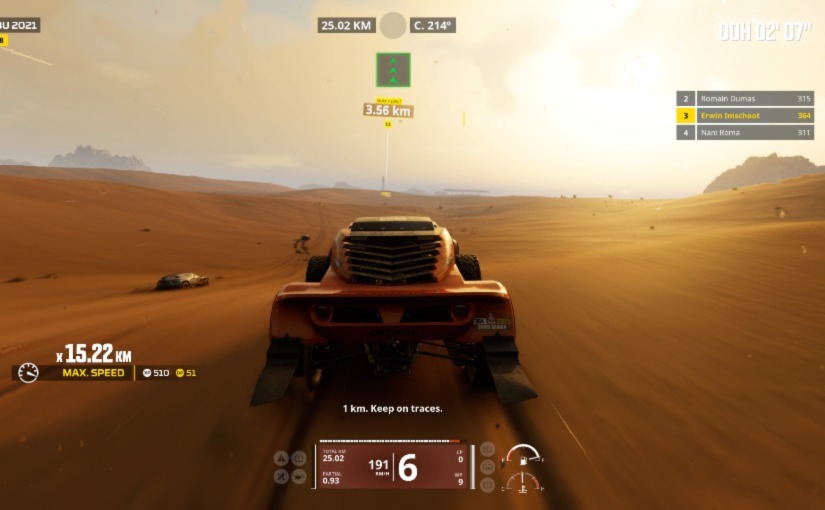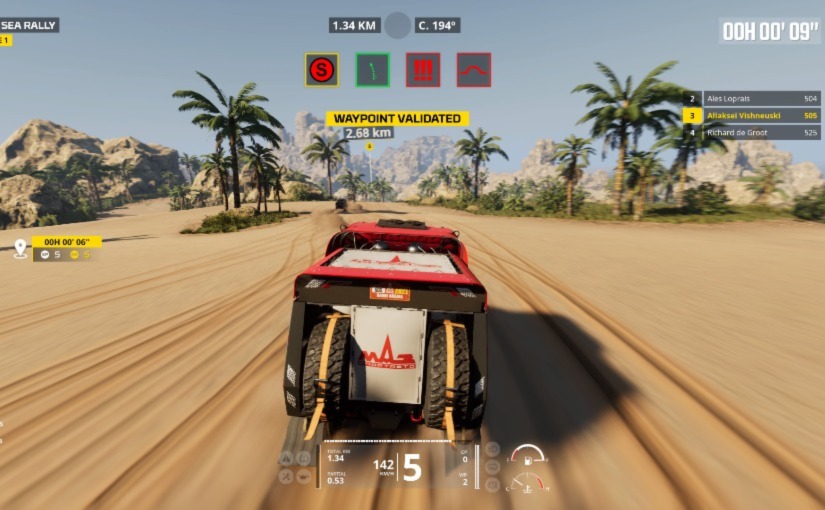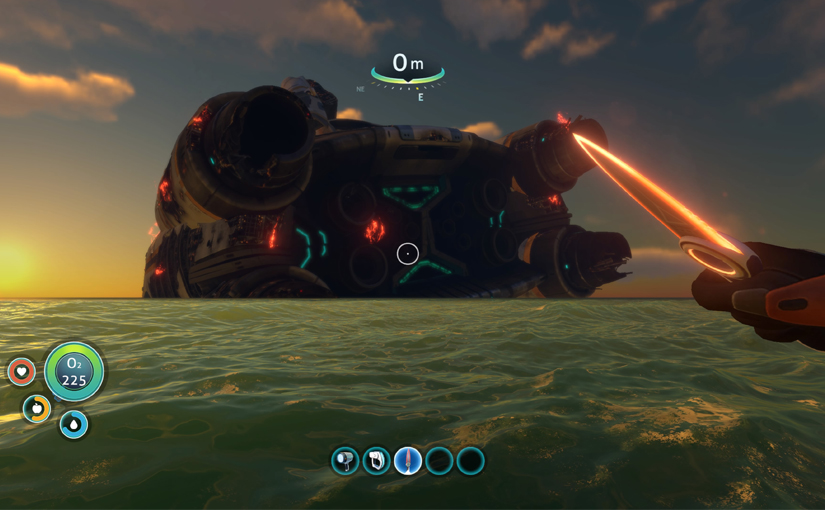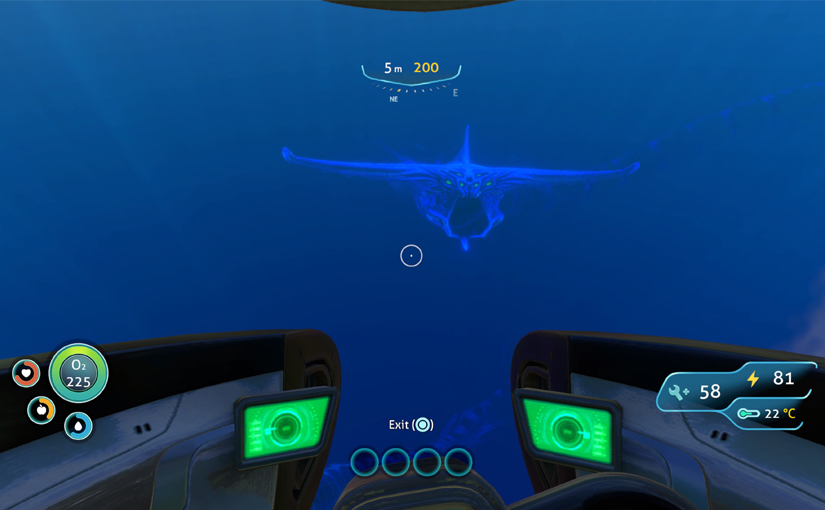Une Lettre d’Amour Aux JRPG
When you start a new game on Clair Obscur: Expedition 33, you’re asked to select a difficulty setting. The game tells you that in order to get by in normal difficulty (known as “expedition” mode) you won’t need to master the dodging and parrying mechanics. This is a lie. Clair Obscur: Expedition 33, developed by debuting French studio, Sandfall Interactive, is a tough game. It’s a turn-based RPG but it incorporates real-time mechanics in the vein of Paper Mario or Lost Odyssey, where timed button presses will enhance your attacks or reduce incoming damage. Except, it doesn’t feel like either of those games, it feels more like Dark Souls in turn-based form as statuesque, imposing and grotesque enemies consistently make an absolute mockery of your character’s health bar if you don’t have the reflexes of a mantis shrimp.
Alright, I might be overselling it a little bit, but every new area in Clair Obscur: Expedition 33 has the potential to be an absolute nightmare until you get certain timings and attacks memorised. To be fair, all of this works well thematically, as your party of intrepid explorers are in a somewhat dire situation in the game’s story, and the desperation that can often be felt as you scrape through dangerous encounters on an absolute knife edge really fits the bill. You do get the hang of it, though, and when you do, it feels pretty darned good. Until the next batch of combo-happy menaces comes along and you have to start the learning process all over again, that is.

I’ll talk briefly about the story, but it’s one of those games where to do much more than scratch the surface constitutes outrageous spoilers. You take on the role of the loveable and handsome Gustave, who is a bit of a savant when it comes to magic, technology, and combat. He’s part of Expedition 33, along with two other early companions, Lune and Maelle, and they’re off on an extremely dangerous and basically suicidal quest to eliminate an entity known as the Paintress. This artistic antagonist lives across the sea, and paints a number every year on a gigantic monolith visible from pretty much everywhere in the known world. Everyone of that age will disappear in a sprinkle of ash and petals once that number is erased, and every year, the number goes down by one.
As you can imagine, this is a pretty sorry state of affairs, and each year life in Gustave’s home-town of Lumiére gets more and more desperate. Don’t worry, though; the player is in charge of this expedition, so that means it’s sure to succeed, right? Well, let’s just say there are some complications and leave it at that.

As discussed by its developers, Clair Obscur: Expedition 33 is a tribute to traditional, Japanese RPGs given a modern, big-budget Western RPG makeover. The battles are turn-based, there’s a world map to traverse and a method of transport that can be gradually upgraded to be able to travel in new ways, and there are plenty of weapons to equip and skill trees to explore. Among the games cited as influences by Guillaume Broche, the talented, ex-Ubisoft creator behind Clair Obscur: Expedition 33, are Persona 5, Final Fantasy VIII, IX, and X, and Lost Odyssey and Blue Dragon, but he has also pointed out that the parry and dodge mechanics were influenced by Sekiro: Shadows Die Twice. Honestly, the FromSoftware influence stands out to me more than that of the traditional JRPG thanks to its difficulty, mechanics, and visual design, but maybe that’s just because the traditional JRPG format is so familiar to me.
Of the list of Broche’s influences, I’ve only played Lost Odyssey to completion, but Clair Obscur: Expedition 33 did remind me of a couple of other games that I finished more recently. Firstly, it evoked a lot of the same feelings as Xenoblade Chronicles 3. Both are a melancholy tale about an adventuring group of young people trying to escape a mysterious cycle caused by outside influences that has condemned them to live tragically short lives. I see a lot of similarities in the world design as well, and the music of one could easily fit seamlessly into the other.

Another slightly more specific comparison I couldn’t help but make was with Dragon Age: The Veilguard. Alongside some visual similarities, both games have an early area that consists of a mystical forest with bizarre light shows in the air and broken, floating landmasses everywhere. Also, both games have another early area that appears to be underwater but the characters can walk around and breathe uninhibited. Lastly, both games have a thing going on where amalgamations of multiple dead bodies litter certain locales and leak pools of unspeakable fluid into the earth, and both games have characters that insist on walking around barefooted and treading in the aforementioned pools of smelly viscera. The game lets you change which character model you’re controlling at will, but I won’t be choosing Lune until she puts some bloody shoes on.
Podophobia-baiting aside, Clair Obscur: Expedition 33 is a beautiful game filled with wondrous landscapes, deep themes, and emotions ranging from elation to despair and everything in between. The central mystery is compelling and addictive, and the story is consistently surprising. All of the characters are likeable but, as with real people, all of them have their quirks or weaknesses that give them the potential to rub certain personality types the wrong way. This in turn makes for some interesting inter-party dynamics, and all of this is helped along by some great voice acting (although by default the voices are very quiet, so make sure you adjust the volume setting when you start), stellar visuals, outstanding cinematography, and wonderful music.

Clair Obscur: Expedition 33 isn’t just an example of a fantastic game, though. It’s also an example of a new studio making a single-player, non-live service title and releasing it physically, and achieving great reviews and a stellar sales performance. It must be protected and it must be supported, so other developers and publishers take note and have the confidence to do the same. In this world where EA were fighting to wedge shared world features into Dragon Age: The Veilguard and have pretty much killed off that franchise because it doesn’t fit with their perceived future of always-online consistent worlds and microtransactions, Clair Obscur: Expedition 33 is an important breath of fresh air, and must be purchased by anyone with even a passing interest in video game preservation.
It is also very, very French. Play for long enough and explore hard enough and you can equip all of your characters with fetching berets and deadly baguettes as weapons. I’m not even kidding. C’est vrai!




















